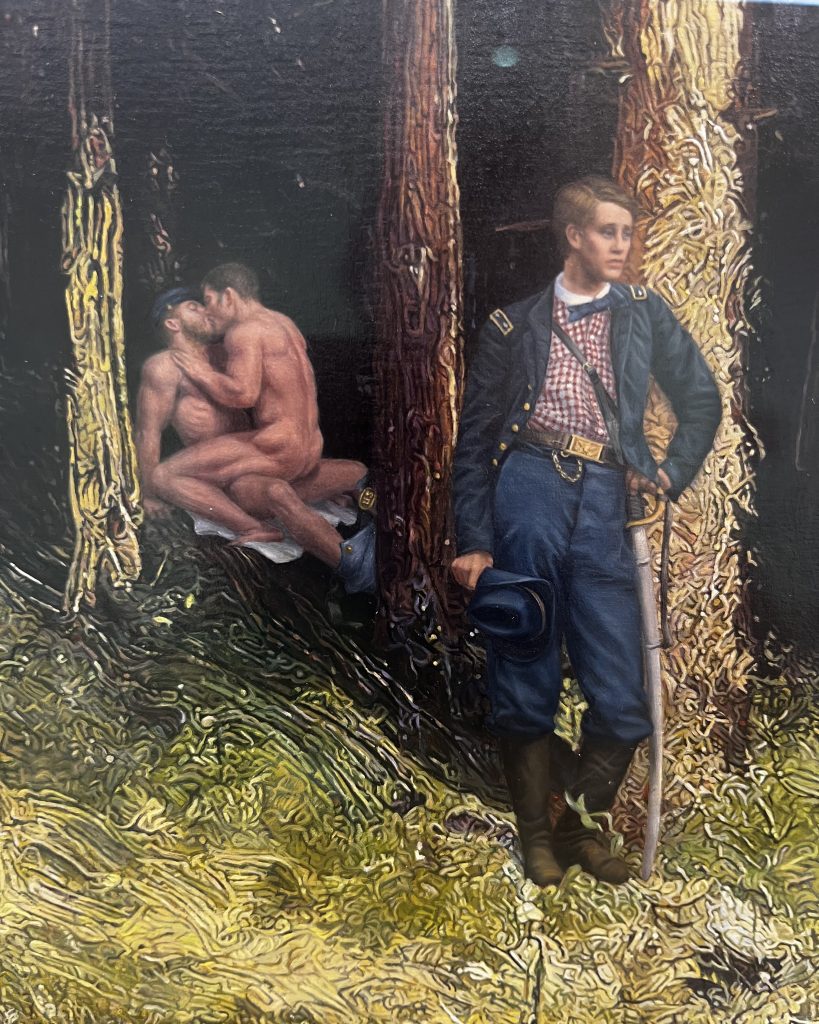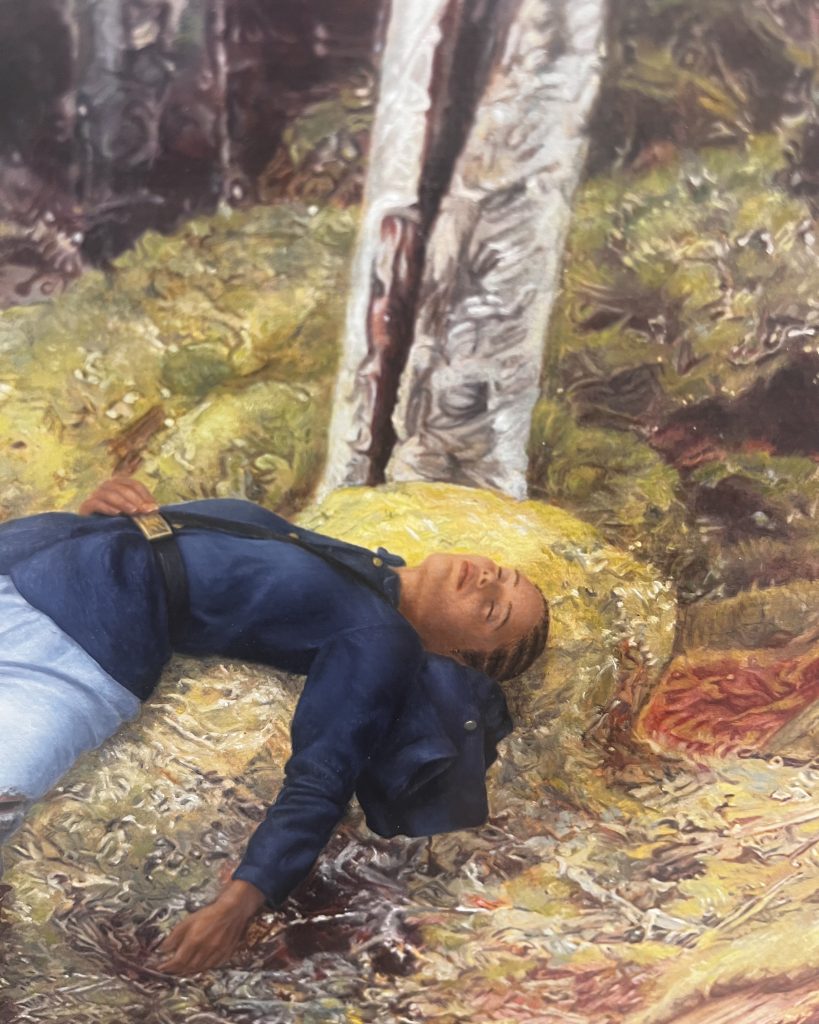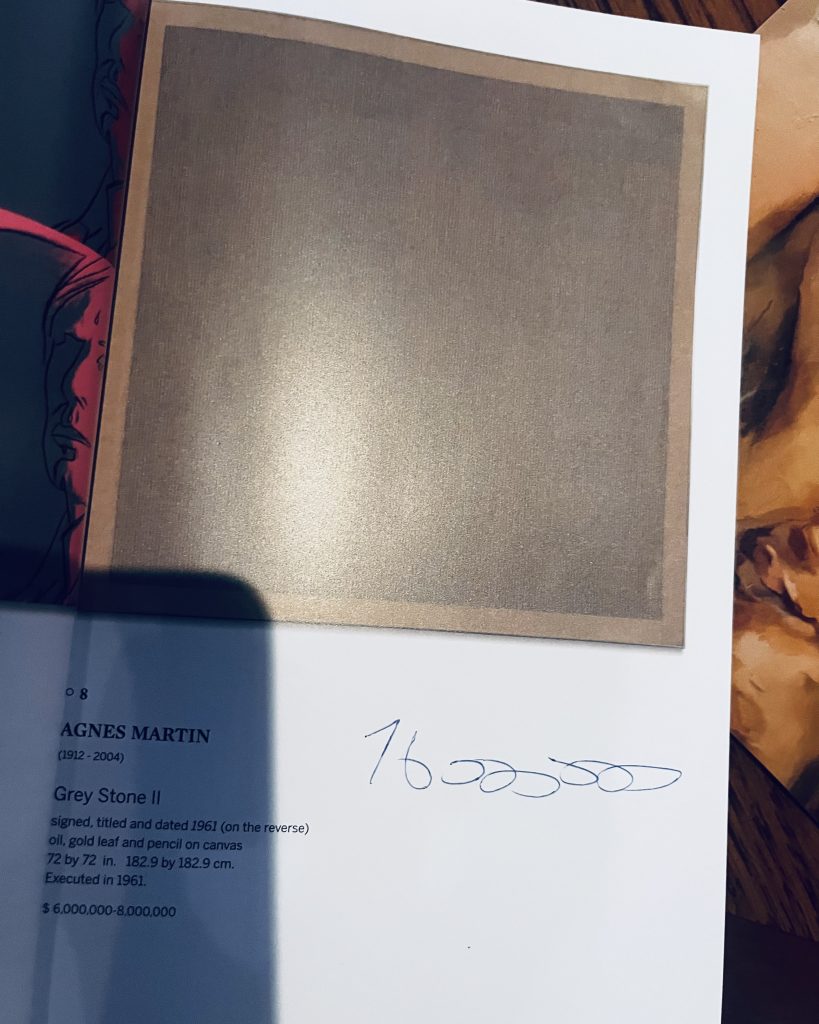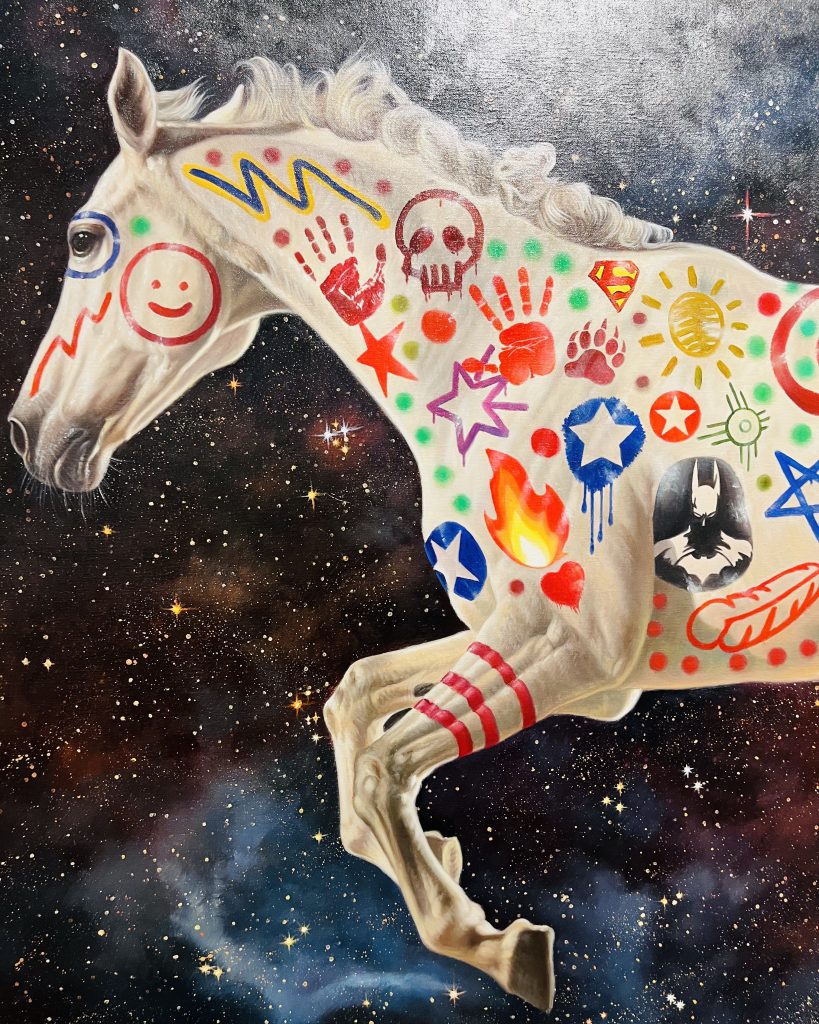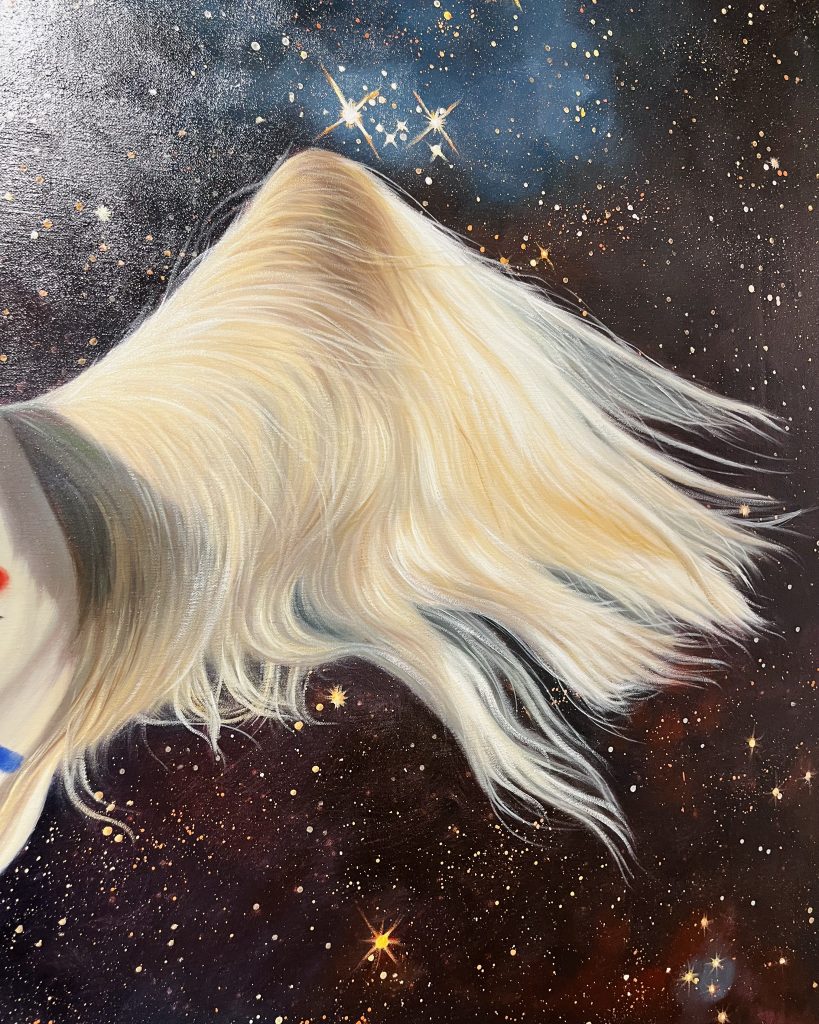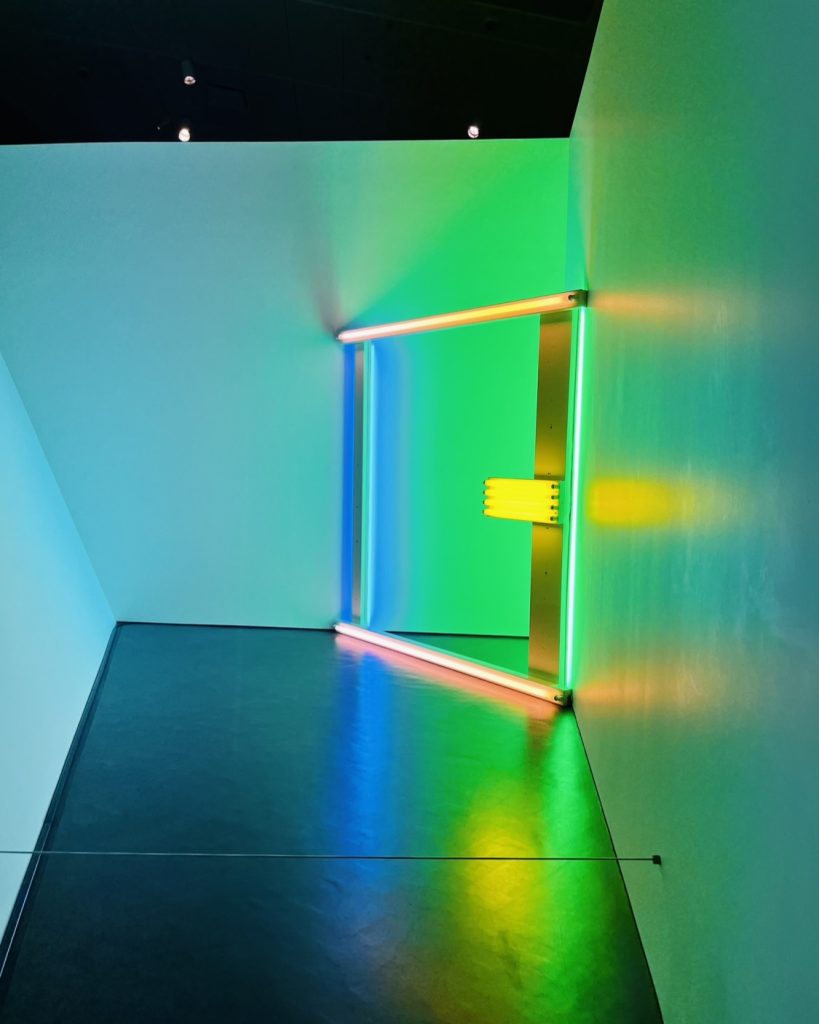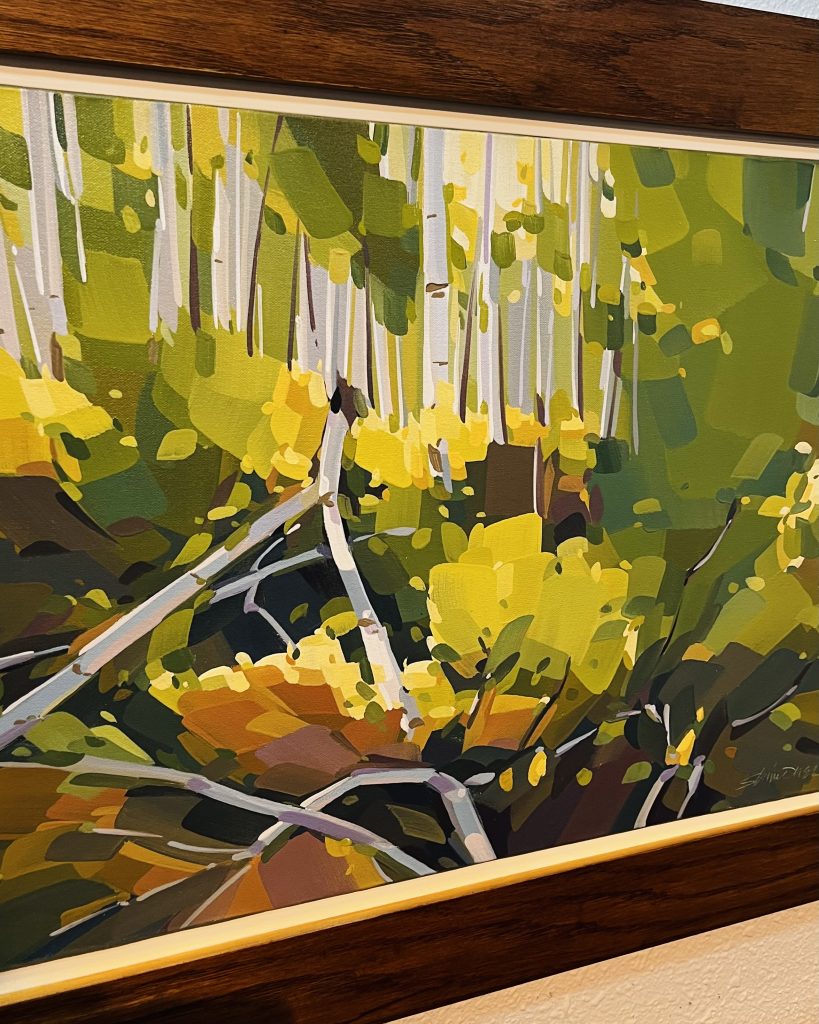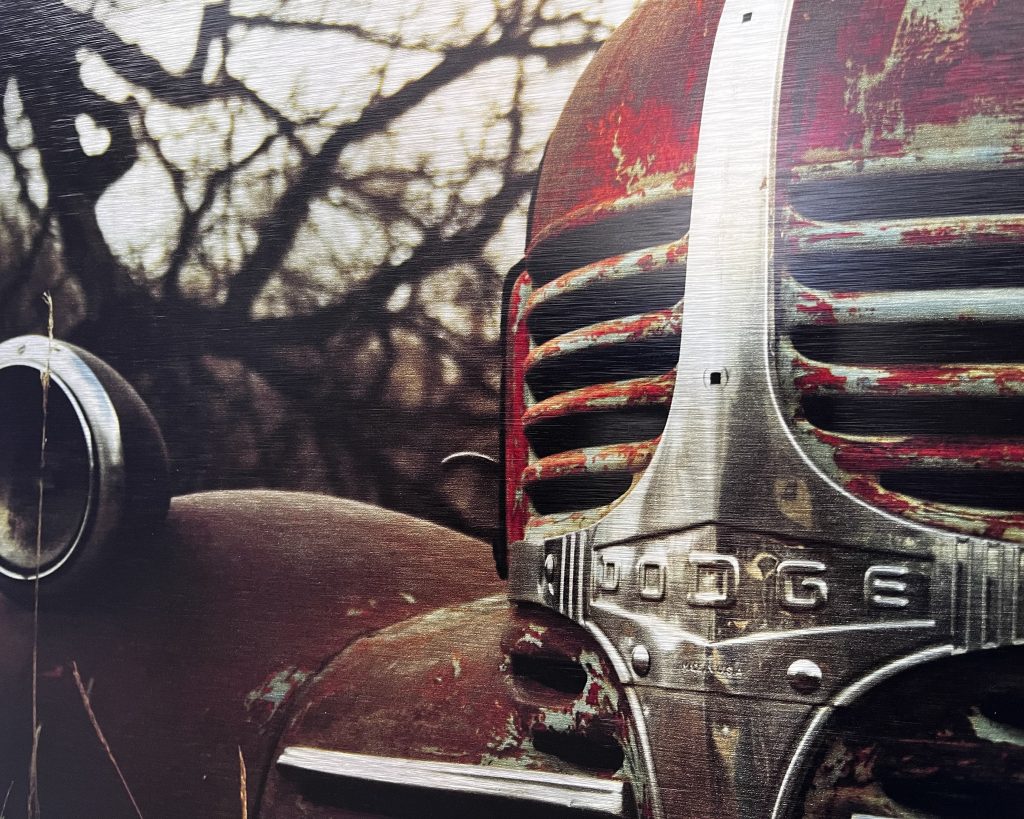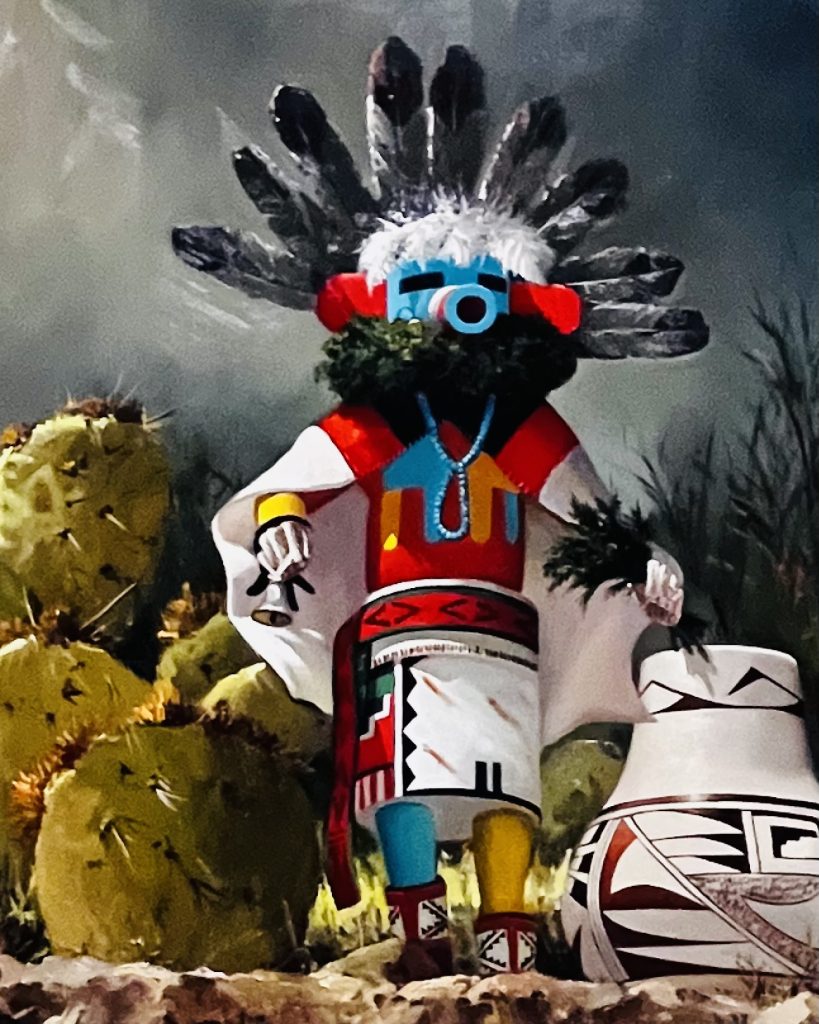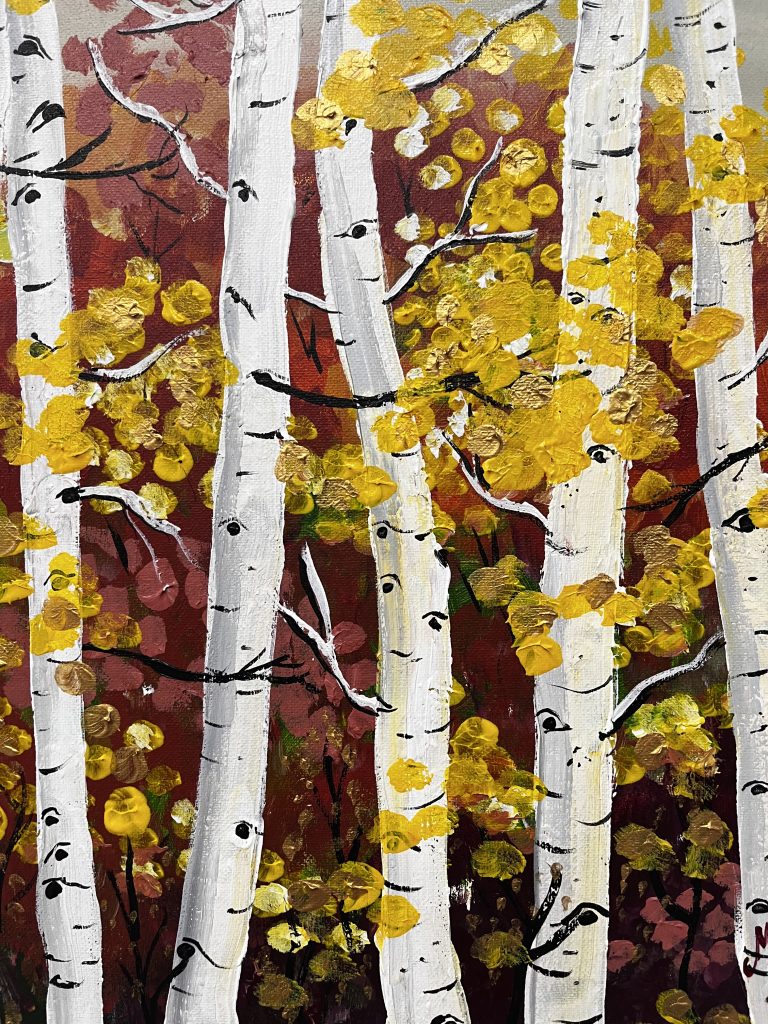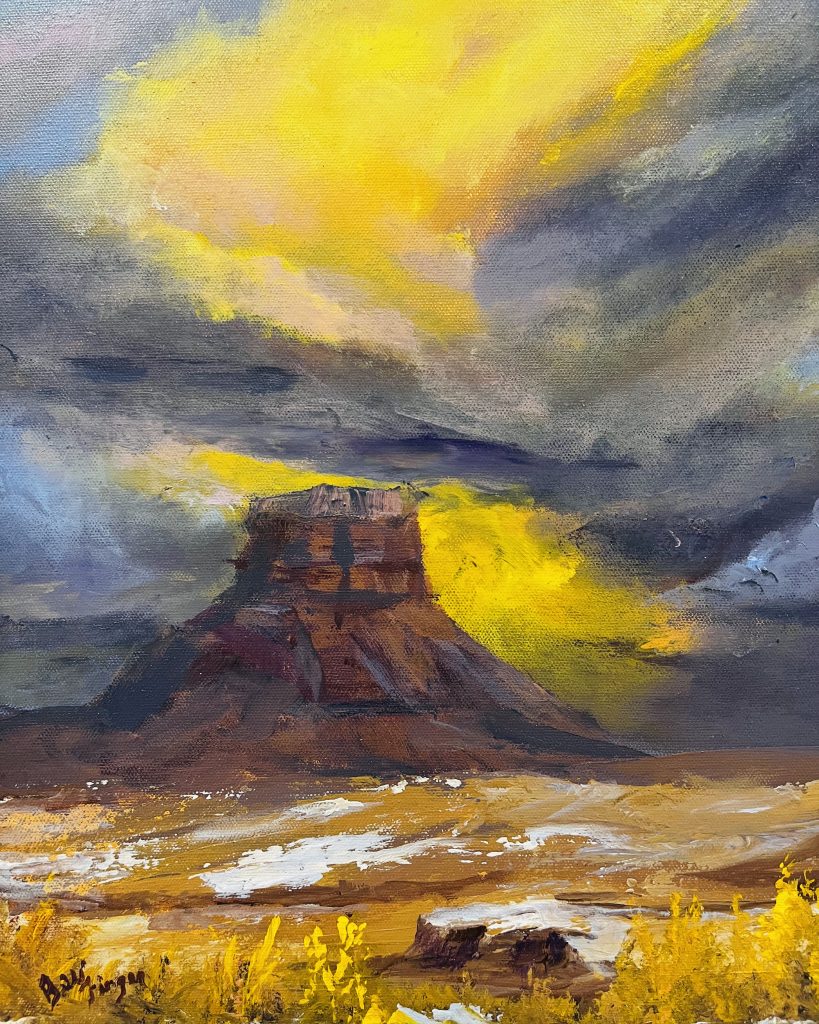The Getty Museum was the first building in Los Angeles I fell in love with as I visited the city for the first time in May 2023.
Regarding Los Angeles, you hear a lot of stories about when you‘re from Germany, but it’s more about dreams and some fantasies, as the news we receive in Europe come much more from the U.S. east coast, and if you get caught by the fairytales obviously happening and smashed in L.A., you might create your own perception, a dream version of this place on the west coast, until you experience it for the first time, and everything shifts or manifests.
My whole adult life, I was on vacation only a few times. Started being a German federal cop at the age of 16, and I had to travel and move a lot, as we worked all over Germany, I also worked abroad for a couple of years, traveling for vacation was something I was never much into, and I almost spent every vacation at home, which was in so many different places over the years. So there was always something fresh and new to discover, and to grow some fragile roots, until being uprooted again. I loved that for many years, and there was no need to travel at all.
In the last 26 years, I made it to Mallorca only twice, where every German is expected to be at least once each year, and I saw New Zealand in my early 20s for a couple of weeks. And then there are the United States.
I went with a former boyfriend of mine to New York City and Miami Beach, so east coast, for a few days, barely a week, 10 years ago. I was curious, open, interested, but not touched. The boyfriend told me before we travelled already that I wouldn’t love it as much as I fell for Paris, and he was right, not close. I was not ready for the United States, way too romantic, touched by the flair of the 19th century, perfectly caught up in my chosen hometown Baden-Baden, and the rich flair of the Belle Époque, which I feel best in Paris. So I went back to Germany for 10 years without traveling anywhere else than France, Switzerland, and England for one time, but for art, as business, my new one this time, as my cop job belonged to the past now.
And someday Los Angeles came to my mind, and the idea being there never left me. I looked for opportunities, wrote applications, and nobody gave me the chance. So I knew I had to do it by myself. Last year finally, I made it.
You have an amazing view from the Getty, and the architecture is breathtaking. The architect is the famous Richard Meier from New York City, while Robert Irwin was the one who created the garden. So I saw Irwin‘s garden just a couple of months before he died last year in October, at the age of 95 in La Jolla, California, close to San Diego.
Meier had a plan for the garden as well, and I would love to see his design, as there are always different ways to find a perfect unperfect solution, a way to enrich people, and to make them happy. And that is, so I was told yesterday, and I already felt, what Irwin wanted to reach. Irwin wanted to reach people, wanted them to feel his garden, and enjoy spending time there a lot. And they do, they always did, I’ve heard.
Yesterday there was excellent spring weather for picnicking, children rolling over the grass, laughing, enjoying space and beauty. And space is the thing I love about Los Angeles a lot. What a spacious city! How huge! How spread out! The wide roads, all this green in the city. So many, 80 – 100, different, vibrant, colorful, cozy, and beautiful neighborhoods building the second-largest city in the United States. And the space is it that makes the Getty so special as well.
There are other museums and buildings in Los Angeles, but the Getty is something every other city will likely not have the space to build something like this, and where it is built. Time to travel if you don‘t live here, for YOU!
J. Paul Getty was once one of the richest men on earth. He made his money in the oil industry. After his death in 1976, his fortune was managed by the Getty Foundation and the J. Paul Getty Trust, which oversee his philanthropic endeavors, and a 600-acre area was purchased, and on one of the mountains, the Getty Center was built, starting in 1983/84.
Every time I’m up at the Getty my first walk does not bring me into the visitor hall, how Meier wanted it to be. Instead, I almost run up the floors to the right, and can’t wait to have the view over the land to the west, private properties on different mountains and hills, and to the south, Los Angeles County. I breathe, and I’m fine. I discover new houses, changes in the environment, check on the air – sometimes it’s really foggy, which gives the surrounding a mysterious touch. You might turn around then at some point, and when the sun is up you‘ll see the museum, the different buildings; radiant in that type of light.
The museum is build in two different whites, I was told: the Getty White and the Meier White, referring to the architect. The Meier white is a bit lighter, while the Getty white has a higher percentage. The material is either teflon-covered aluminum or travertine stone. A famous stone from Italy, 16,000 tons of stone were mainly brought in by a barge from Rome to Los Angeles to create this amazing architecture, which, despite all its massiveness, seeks a connection to the people, as it is broken down into divided areas, and there are concave and convex sequences as well. People feel comfortable in its presence, not overwhelmed.
The travertine stone is an adventure in itself to explore. You can see so much if you start watching it closely. There are not only pores in this porous stone; there are imprints from leaves, branches, and differences in enclosed materials. The aluminum is much quieter; it has a smooth, flat surface, but I‘m in love with the travertine.
The buildings would appear much more massive if there were no space left between the individual stones, aluminum plates, and between the individual buildings, too. It’s all about this space, the sunlight, shadow, and material, – the stone, the glass; and with the play of sunshine and shadow, time plays an important role as well. Which time of the day, which time of the year, as some days of the year the angle of the sun is more flat, some days the sun is more powerful so that the contrast is bigger, and, as the architecture seamlessly goes into the garden created by Robert Irwin, the trees from the garden, the leaves, consequently the wind that plays with it, play a role too. It‘s a fantastic composition of art!
Everywhere you go, you can discover architectural frames, where you’re able to look through, like you’re looking through a window into nature, and in doing so you’ll be outside almost all the time.
I love some museums, the modern ones, where a lot of light comes in, so that the building is actively interacting with nature. You can look at art, and calm and soften your gaze very often just by looking out the window to see green, grass, trees, flowers, people walking and enjoying life, and being outside. That’s why I always enjoyed being in the Frieder Burda Museum in Baden-Baden, having the possibility both to see art there and at the same time the beautiful Lichtenthaler Allee. Comparable to this museum is the Fonadation Beyeler in Basel, Switzerland. I was bored in a lot of big museums, even if the art was wonderful. No light, no air to breathe, not fresh enough, tiring. The Burda and Beyeler are small ones, and I am not even bored a second in the Getty.
The Getty area, unmatched its size, stands out with small exhibition rooms, and between them you step out to another building, caught by the sun, an incomparable Pacific Ocean west coast breeze, before you go in another room with art again. You can also have a coffee, a brownie, a break, watch all these happy people enjoying a day at this beautiful place, you can have another breathtaking view over the city of L.A. or the private properties of celebrities, sit in the garden watching children play, running over the grass, or rolling down the gentle hill.
There are angles everywhere, and the property plays on different levels on the outside; the buildings have several floors as well. It is a place to explore. It is what good architects have always meant or mean, when they talked or when they talk about how good architecture interacts and fits into the environment. The architect Richard Meier made this ideal, this dream come true. The city of Los Angeles, spacious and hilly, makes it the perfect place.
And here we are in the middle of the garden. ‚Walk with the direction of the water!‘, could be the message, starting from the museum buildings towards the south.
I must admit the garden is different from the gardens I know as I grew up and lived in Europe, where we have a lot of French or English gardens which I‘m in love with a lot. This one is the work of an artist, and I’ve never seen a garden like this one before. Robert Irwin never created any other garden, and walking through it yesterday, I thought about how Ed Ruscha, also from L.A., would have created the same place.
This garden by Irwin seems like a canvas painted by the different plants, which come in different sizes and colors. There is a small winding path you walk down, crossing an artificial creek for several times, and sometimes you’re close to the flowers that you can smell them without bending your back, and sometimes they are far away from you.
The surface given by the plants can be more flat and even, or wavy, or you see bushes that close the gap to the trees that cover the garden. These trees are like sculptures, changing as they grow branches, and even more so as they change with the seasons throughout the year. This year, we are experiencing a delay; there are almost no leaves on the trees right now, even though it’s already mid-April. There was an article last week stating that we had more rain than Seattle in Washington state this spring. But I’m sure that if you visit the Getty this upcoming weekend, it will already look different.
The little creek ends in a small round pond where there’s a sort of maze for ducks, it enters as a small waterfall, while the water in the pond is very quiet, and the ducklings we saw there yesterday seemed comfortable, curious, and safe.
Around this pond, on a higher level, there are more trees, providing shade, and there are flowers. People just love walking around there.
The Getty is like a magnet for people, a „Publikumsliebling“, and I‘m not surprised by that. Not only for its art; especially the photography exhibitions are always wonderful. The Getty showcases numerous artworks by Western European artists. But it’s much more than that. It’s one of the most perfect places to spend an amazing morning or afternoon, or even a whole day, just outside Los Angeles, but so close, and surrounded by magnificent architecture, an incredible environment, and fabulous art – sculptures, photographs, drawings, paintings.
Next time, maybe take a closer look at the fascinating travertine stone, imported from Italy.
Notice that in some parts of the architecture, even lavender color, picked up from the mountain opposite, was used.
Take pictures of the many frames the architecture offers, as if capturing your subject through a frame.
And enjoy. The space. The beauty. The Getty.
Thank you Richard, Thank you Robert, Thank you T.



